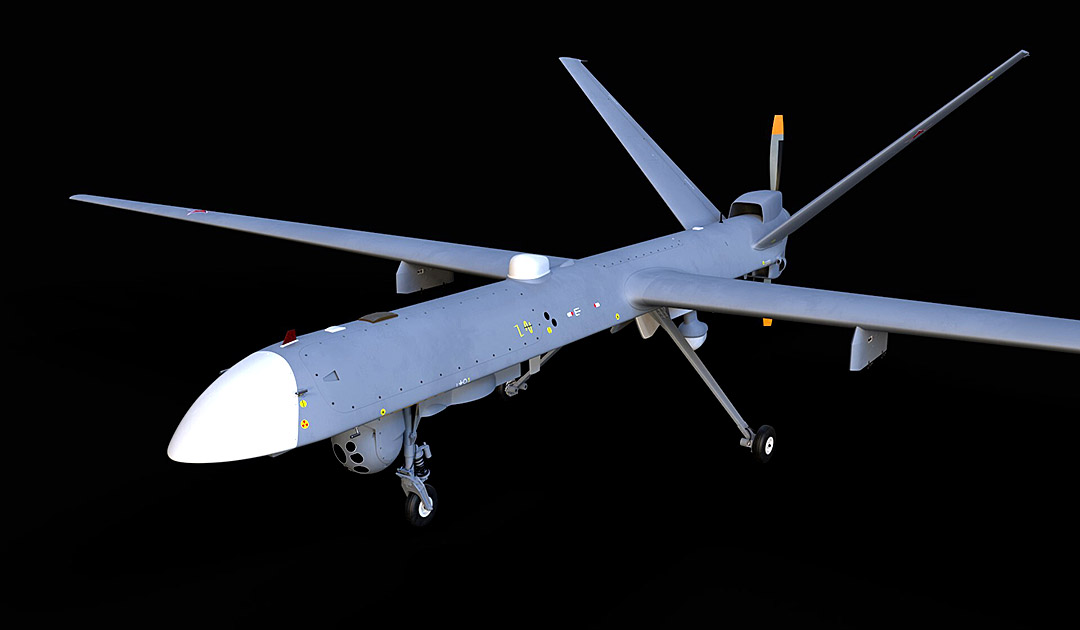
The coasts of the Northern Sea Route and the coast of Kamchatka are to be monitored by drones. This was announced to Izvestia by a representative of the Russian Ministry of Defense. Plans are underway to establish bases for long-range drones with all the necessary infrastructure along the areas of operation, the source added to the publication. The drones will monitor sea and air space, search for violations and take part in search and rescue missions.
“It is advisable to carry out continuous surveillance in these areas. We must have all information about the presence of foreign ships and warships in our economic zone in the Arctic, especially those sailing along the Northern Sea Route without our permission and notification. The same applies to Kamchatka, the Anadyr region and adjacent seas. Surveillance can be carried out using both manned aircraft and drones,” former Pacific Fleet commander Admiral Sergei Avakyants told Izvestia.

Military historian Dmitry Boltenkov also believes that the Northern Sea Route is a huge, basically deserted area that needs to be controlled. “Suddenly armed formations, foreign ships or submarines appear there. It is very expensive to maintain aircraft with a crew for observation when there are drones that can perform these tasks more cheaply and efficiently.”
Izvestia reports that “Inokhodets” and “Forpost” drones will fly patrols over Russia’s Arctic waters. According to the report, bases will be built in several places along the Arctic coast and in Kamchatka. The unmanned aircraft will monitor the sea and airspace. In addition, they will take part in search and rescue missions.

The “Inokhodets” drone is a product of the Russian Kronstadt Group. The drone has a wingspan of 16 meters, a take-off weight of 1,150 kg and can fly for up to 24 hours with a load of 60 kg. The cruising speed is 120 km/h and the maximum flight altitude is specified as 7,500 meters.
The “Forpost” drone is based on the Israeli “Searcher II”. In 2009, the Russian army acquired two unmanned Searcher II systems from the Israeli company Israel Aircraft Industries (IAI) in order to study them and gain experience. The tests were successfully completed and a contract for the licensed assembly of such aircraft at Russian sites was signed in 2010. The Russian version of the drone was given the name “Forpost”. Assembly was first carried out at the Kazan Helicopter Plant and then transferred to the Ural Civil Aviation Plant in Yekaterinburg
The operating radius of the “Forpost” drone is more than 150 km. The drone has a speed of 120 to 180 km/h, a maximum flight duration of 18 hours and an upper operating limit of around 6,000 meters.
Heiner Kubny, PolarJournal





